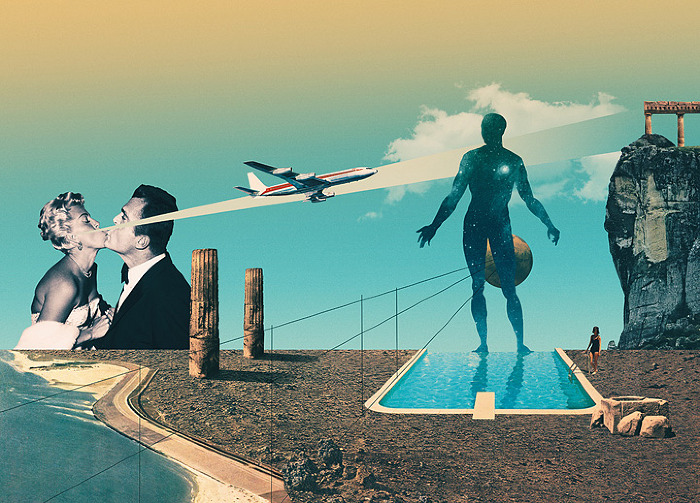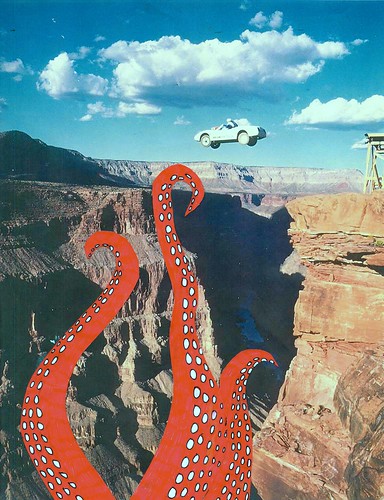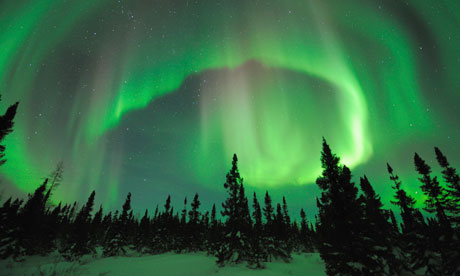This experiment is about how we are transported into our screens when we concentrate on them. The idea is that we lose touch of reality by engaging with this type of media by having emotional bonds with the characters becoming one of them. At first, I found it hard to come up with ideas on how to represent us losing ourselves in the media we watch and engage with but then I thought of how we place ourselves in the surroundings of the television and with the characters.
I needed some themes for the media and so I came up with horror films and video games. Here are the photos I need for the horror film:
Here are the photos I will use for the video game which is a shooter:
To do this project, I needed to create lots of different layers to allow all of the subjects and the scenery to work together as one piece. Here are the different layers and how I got them:
Horror:
I needed a spooky place and so I decided on a forest.
I needed the photo of the television on its own layer because I needed to make it the right scale and position which wouldn't have worked if it was on the same layer as the sofa and me.
I had to crop myself and the sofa using the magnetic lasso tool in photoshop, like most of the cropped images.
The wolf's back part of the body and feet were cropped to make it more realistic that it was in the woods. This was difficult because the wolf had to go on the layer on top of the woods. So to crop the wolf, I hid the layer it was on but had it selected so that I could see the tree that the wolf would be standing behind and crop the wolf at the same time. This meant that I could use the lasso tool to go along the exact shape of the tree to cut out the wolf's back part of the body.
Because the TV was at a tilted angle when I took the photo of it and the sofa, I couldn't quite fit the surroundings into the TV exactly, parts of the borders of the TV were bigger than other parts. So to fit it properly, I found the distort tool in photoshop which meant that I could pull the image of the surroundings in different directions to allow me to fit it into the TV screen.
Games:
I needed a wide open space for this image so that I could fit everything in, such as the tank. This meant that I could get things more into scale. However, it meant that the sofa and the TV would be smaller. Becuase I didn't want this to happen, it made me think of how we lose touch of reality and so the image shouldn't be very reallistic meaning the scales would be unrealistic.
The TV is at an awkward angle, but this time on purpose because I needed the TV to be at the same angle as the sofa to make it look as if I am looking at it which meant that the bottom of the TV wasn't in line with the surroundings but this emphasises the meaning of losing touch with realitiy because the TV is at the center of the collage and so people will look at it first.
The soldier is very small because his surroundings are much bigger and so I had to get him to scale with the things around him. I cropped the soldier's feet to make it look as if he really was there in the grass. I wanted to make some parts of the collage realistic.
The photo of me was hard to crop because there are lots of rough edges. To crop myself and the sofa, I zoomed in very close in the image and used the magnetic lasso tool which worked well because the edges became smoother the closer I zoomed in.
The image of the plane had a different shade of blue around it which didn't match the surrounding sky. This meant that I had to get rid of it which was hard because the plane has lots of parts attached to the wings. So to get rid of the sky around the plane, I used the rubber tool in photoshop when I was zoomed into the image of the plane. I used a small diameter so that I could get rid of the small spaces in between the smaller parts of the plane.
The tank was the hardest piece to scale because it is the biggest thing to go into the photo but I didn't want it to be so big that it couldn't fit the collage and so that it didn't have to be far away. I solved this by moving it to very right of the photo so that it was big and it was close to the TV and the sofa which made it look bigger. The shadow underneatht the tank caused a problem because I didn't know wether to cut it out because I didn't know where the bottom of the tank was. For this reason I kept the shadow.
Using the distort tool in photoshop allowed me to fit the picture of the scenery into the television so that it filled the screen and made it look realistic that it was on the TV. You can see in this layer above that the corners aren't all 90 degrees.
To make the layers all fit together, I had to crop most of the images to remove their original backgrounds and to fit their new surroundings.
Here are my final pieces:
As you can see, the image of the surroundings is exactly the same in the image of the television, apart from the sofa and the person. This is to make it feel as thought the person is in their television when they are watching the horror film or playing the video game. I wanted the collages to look a bit unrealistic to show how when we get involved in this type of photography we lose touch of reality. I enjoyed doing this experiment because it made me realise how we are taken into the television when we watch a programme or play a game and how we aren't aware of what is going on around us at the time when we watch or play.
Because the collage is so surreal, I wanted to see what it would look like if I made it look more realistic.
To do this, I made everything smaller so that they would work better with their surroundings becuase the surroundings are a big space which means the subjects in that space will be small to make them look realistic.



















































